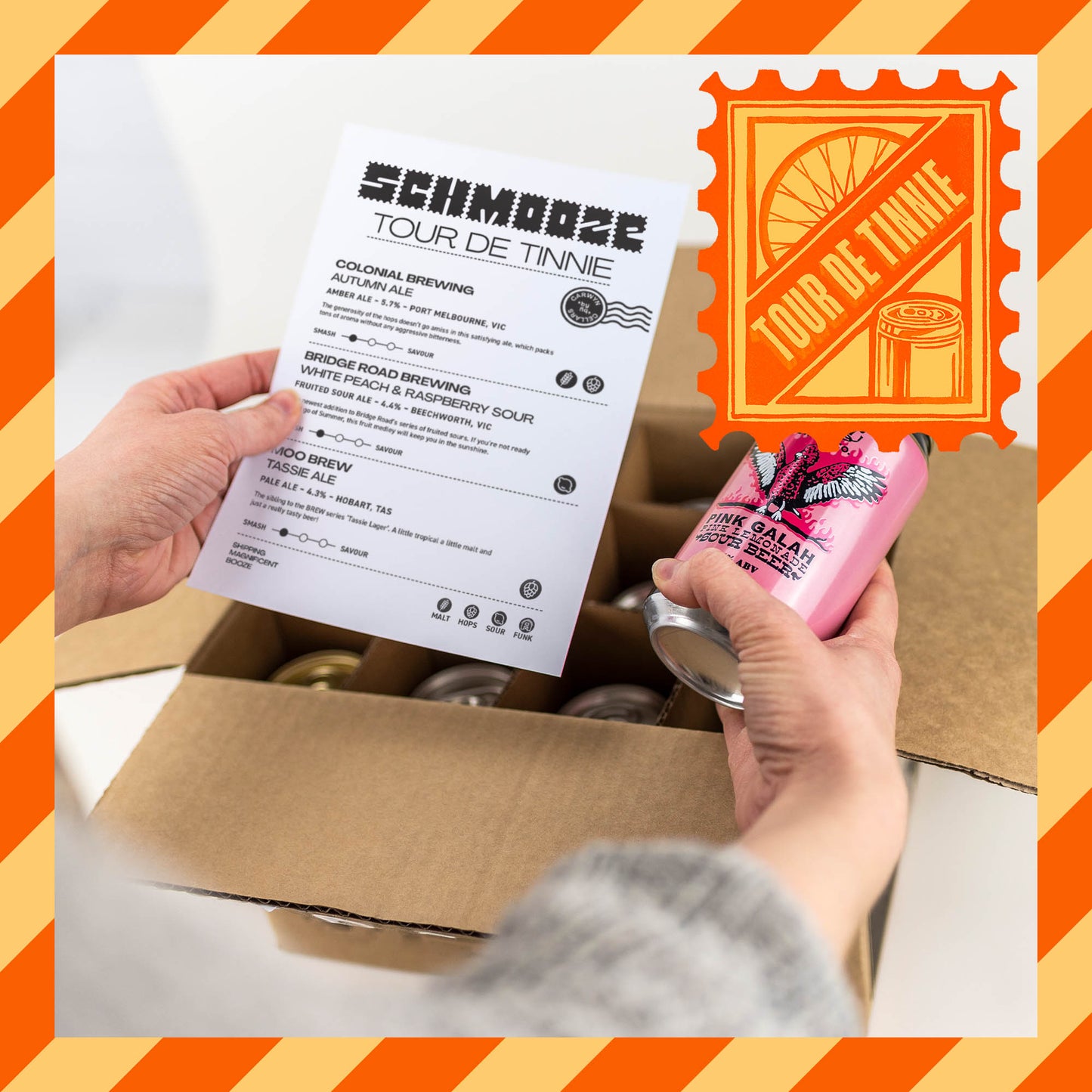There’s a scene in the classic TV show Friends where Ross (David Schwimmer) and Mike (Paul Rudd) think they are going to bond while Phoebe and Rachel are out for a girls’ night, only to find they have nothing to talk about. To curb the hilarious awkwardness of this revelation, they search for anything to discuss while they sip on, what appears to be, Foster’s and what do they land on?
“What’s the difference between beer and lager?”
Ok Ross and Mike let us fill you in!
Quick and simple, a Lager is a style of beer. But it would make for a shitty blog if we ended there. We wouldn’t leave you hanging like that!
There are a few things that differentiates Lagers from the other beer styles but it all derives from one tiny beast, yeast! Known as lager yeast, bottom fermenting yeast, or Saccharomyces Pastorianus (which sounds like a spell from Harry Potter). Known as ‘bottom fermenting yeast’ because it literally collects at the bottom of the tank during fermentation and does so because of another factor that sets lagers apart; Colder temperatures.
While ales generally ferment above 13°C and fairly quick all things considered, Lager yeast prefers temperatures between 4°C - 7°C and at a slower rate. Not only do Lagers like cooler fermentation temperatures but they also like colder and longer conditioning times, generally sitting in the tank for a minimum of 3-4 weeks. For lagers this can also be called ‘lagering’ or ‘cold storing’.
Now! These temperatures are not a hard and fast rule, and there are some hybrid beer styles out there such as a Kolsch; brewed with ale yeast then cold stored, and the California Common; brewed with lager yeast at ale temperatures.
Sometime between the 15th and 16th century the Lager beer style came to be. Exactly how and where is up for debate, though its popularity grew throughout Bavaria and Bohemia in the 1600s because of the yeast’s affinity for the cold. It meant that in cooler months, when other yeasts wouldn’t be able to perform effectively, Lagers could still be brewed and stored. Add in the scientific innovation of refrigeration and Louis Pasteur’s study of yeast and invention of pasteurization in the mid-1800s, and the fact that Lagers are just so-damn-delicious plus the clear golden colour we romanticise made it the champagne of the people compared to previously popular ales and dark beers, they took over ye-old beer scene.
Still a very popular beer with the masses, Lagers kind of fell to the wayside of the craft-beer scene with hops and big barrel aged beers taking center stage, but from fresh, light Pilsners to dark, smoky Rauchbiers the lagers of yesteryear were anything but boring and are starting to see a resurgence with craft brewers and drinkers alike.
Keen as us to get some Lagers in your fridge?
Explore Carwyn Cellar's full range of Lagers & Pilsners and see just what they're capable of!




